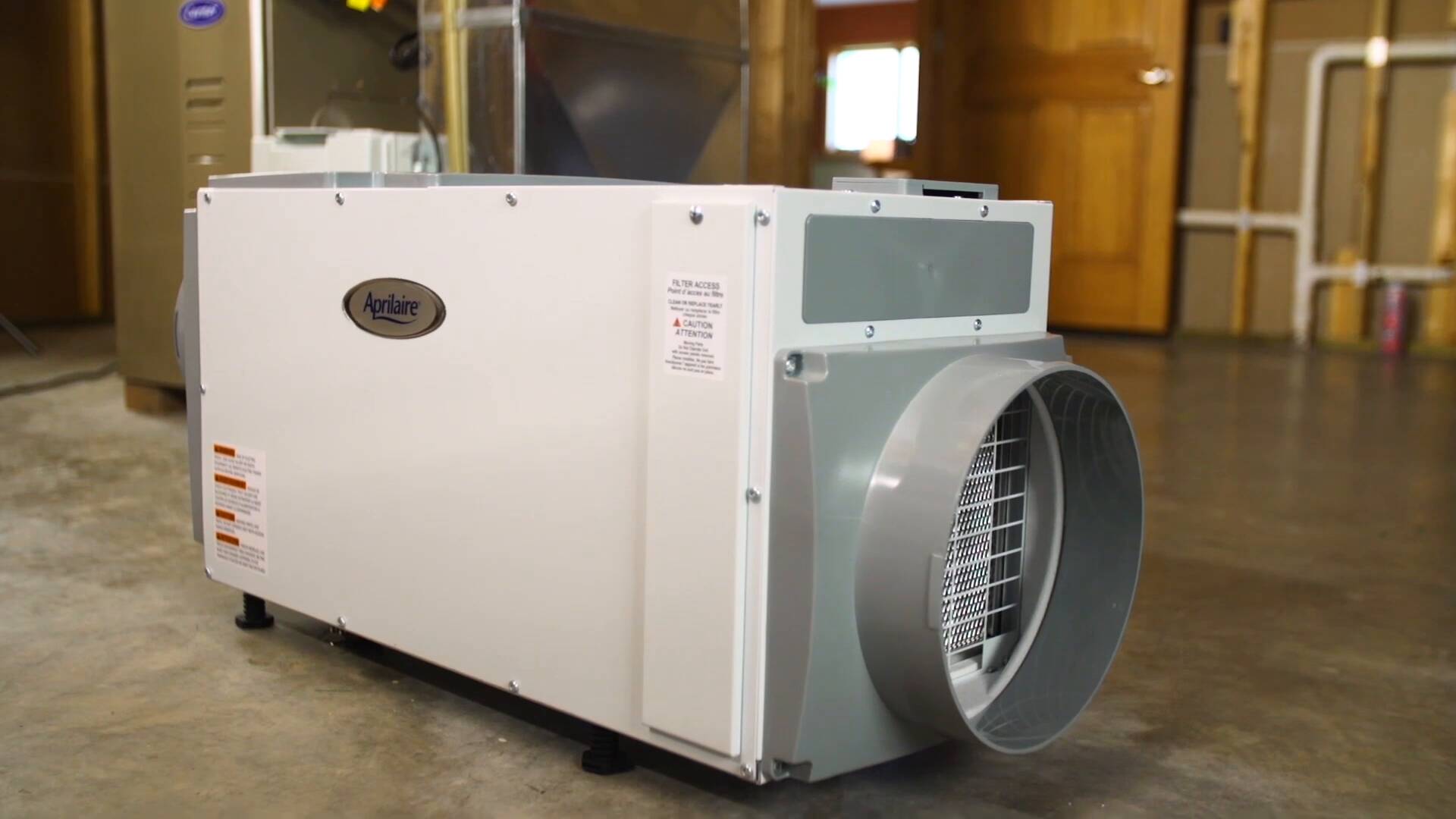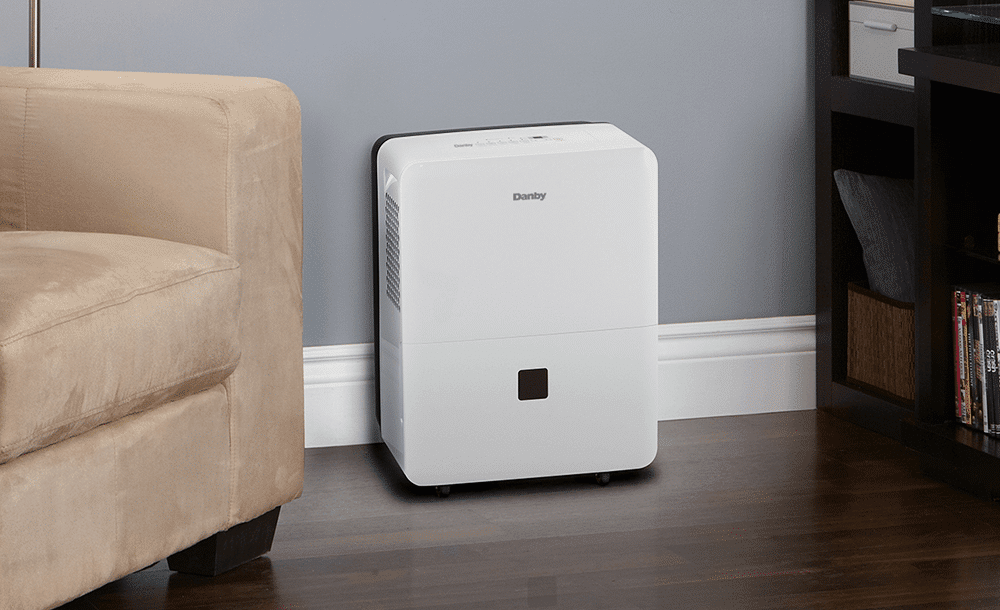Best Dehumidifier For Basement With Pump
:max_bytes(150000):strip_icc()/bhg-dehumidifiers-test-ge-pump-model-apel50lz-sheila-tong-01-42a437faff3448fda7cba181ffd2a54d.jpeg)
Basements are notorious for being damp, musty environments. This moisture can lead to mold growth, structural damage, and generally unpleasant living conditions. A dehumidifier is crucial for mitigating these problems. However, basements often present a unique challenge: the need to remove collected water upwards, against gravity. That's where dehumidifiers with built-in pumps come in. This guide will help you navigate the world of basement dehumidifiers with pumps, ensuring you choose the best option for your specific needs.
Why Choose a Dehumidifier with a Pump for Your Basement?
Regular dehumidifiers rely on gravity to drain collected water into a nearby drain. This works well when the dehumidifier is placed above the drain. Basements, however, often lack convenient floor-level drains. A dehumidifier with a pump solves this problem by actively pumping the water upwards and out, allowing you to drain it into a sink, out a window, or even directly into your home's plumbing system.
Here's a breakdown of the key advantages:
- Convenience: You don't need to constantly empty a collection bucket. This is especially helpful if you're away from home frequently or have limited mobility.
- Continuous Operation: With automatic drainage, the dehumidifier can run continuously, maintaining a consistent humidity level.
- Versatile Placement: You can place the dehumidifier virtually anywhere in your basement, regardless of the proximity to a drain.
- Reduced Risk of Overflow: No more worrying about a full bucket overflowing and causing water damage.
Key Features to Consider When Choosing a Basement Dehumidifier with a Pump
Selecting the right dehumidifier with a pump requires careful consideration of several factors. Here’s what to look for:
1. Capacity (Pints Per Day)
The capacity of a dehumidifier refers to the amount of moisture it can remove from the air in a 24-hour period, measured in pints. The appropriate capacity depends on the size and dampness of your basement. Here's a general guideline:
- Small Basements (500-750 sq ft): 30-pint dehumidifier
- Medium Basements (750-1000 sq ft): 50-pint dehumidifier
- Large Basements (1000+ sq ft) or Very Damp Basements: 70-pint dehumidifier (or even larger)
Important Note: These are just guidelines. If your basement is excessively damp, you might need a larger capacity dehumidifier than suggested by the square footage alone.
2. Pump Specifications (Lift Height & Hose Length)
The pump's lift height is the maximum vertical distance it can pump water upwards. Make sure the lift height is sufficient to reach your desired drainage point. Measure the vertical distance from the dehumidifier's base to the drain. Add a few extra feet for good measure.
The hose length is another crucial factor. Ensure the hose is long enough to reach from the dehumidifier to the drain without being stretched or strained. Consider the route the hose will take, avoiding sharp bends or kinks that can restrict water flow.
3. Energy Efficiency
Dehumidifiers can consume a significant amount of energy, especially when running continuously. Look for models with the Energy Star label, indicating they meet strict energy efficiency standards. Check the Energy Factor (EF) rating; a higher EF means greater efficiency. Operating costs can vary greatly depending on the model and usage, so consider this factor in your long-term cost assessment.
4. Noise Level
Dehumidifiers can produce a noticeable amount of noise. If your basement is used as a living space, consider the noise level. Check the decibel (dB) rating; lower dB ratings indicate quieter operation. Some models offer a "quiet mode" for even less noise.
5. Features & Controls
Many dehumidifiers come with a range of features and controls that enhance their usability. Consider these:
- Adjustable Humidistat: Allows you to set your desired humidity level, and the dehumidifier will automatically turn on and off to maintain that level.
- Automatic Defrost: Prevents ice buildup on the coils in cold environments, ensuring efficient operation.
- Auto Restart: In case of a power outage, the dehumidifier will automatically restart with your previous settings.
- Filter: Removes dust and other particles from the air, improving air quality and protecting the dehumidifier's components. Ensure the filter is easily accessible and washable or replaceable.
- Digital Display: Provides clear and easy-to-read information about humidity levels, settings, and error codes.
- Timer: Allows you to schedule the dehumidifier to run at specific times, saving energy.
- Portability: Consider models with wheels or handles for easy movement.
6. Durability and Warranty
A dehumidifier is an investment, so choose a model from a reputable brand with a good track record for reliability. Check the warranty terms to ensure you're covered in case of defects. Read online reviews to get insights into the real-world performance and longevity of different models.
Types of Dehumidifiers: Refrigerant vs. Desiccant
There are two main types of dehumidifiers: refrigerant and desiccant. Refrigerant dehumidifiers are the more common type, and they are generally more efficient in warmer, more humid environments. Desiccant dehumidifiers are better suited for cooler environments where refrigerant dehumidifiers are less effective.
Refrigerant Dehumidifiers: These work like air conditioners. They draw in air, cool it down using refrigerant (think of refrigerant as the "blood" of your AC system, carrying heat from inside to outside), causing moisture to condense into water. The water is collected, and the dry air is then reheated and released back into the room. These are generally more energy efficient in warmer conditions.
Desiccant Dehumidifiers: These use a desiccant material (a substance that absorbs moisture) to remove water from the air. The desiccant material rotates, absorbing moisture from the air and then passing through a heated section where the moisture is released and collected. Desiccant dehumidifiers are more effective in cooler temperatures because their performance isn't as affected by ambient temperature as refrigerant models are. They might be a good choice if your basement is consistently cold.
For most basements, a refrigerant dehumidifier with a pump is the preferred choice. However, if your basement is unusually cold, a desiccant model might be a better option.
Installation and Maintenance
Proper installation and maintenance are essential for ensuring the long-term performance and efficiency of your dehumidifier.
Installation Tips:
- Placement: Place the dehumidifier in a central location in your basement, away from walls and furniture, to allow for good airflow.
- Hose Connection: Securely connect the drain hose to the dehumidifier and the drain point, ensuring there are no leaks or kinks.
- Power: Plug the dehumidifier into a dedicated electrical outlet. Avoid using extension cords if possible.
Maintenance Tips:
- Filter Cleaning: Clean or replace the air filter regularly, typically every 1-3 months, depending on the amount of dust in the air. A dirty filter reduces airflow and can decrease the dehumidifier's efficiency.
- Pump Inspection: Periodically inspect the pump and drain hose for clogs or debris. Clean the pump if necessary.
- Coil Cleaning: Occasionally clean the dehumidifier's coils with a soft brush or vacuum cleaner to remove dust and dirt.
- Winter Storage: If you're not using the dehumidifier during the winter months, drain all the water, clean the filter, and store it in a dry place.
Troubleshooting Common Problems
Even with proper care, you might encounter some common problems with your dehumidifier. Here are some troubleshooting tips:
- Dehumidifier Not Removing Moisture: Check the humidity setting, air filter, and coils. Ensure the dehumidifier is properly sized for your basement.
- Pump Not Working: Check the drain hose for clogs or kinks. Make sure the pump is properly connected and powered. Consult the manufacturer's instructions for specific troubleshooting steps.
- Dehumidifier Making Excessive Noise: Check for loose parts or debris. Clean the fan blades. If the noise persists, it might indicate a more serious problem requiring professional repair.
- Error Codes: Refer to the dehumidifier's manual for an explanation of the error code and recommended solutions.
Making the Right Choice
Choosing the best dehumidifier for your basement with a pump requires careful consideration of your specific needs and circumstances. Assess the size and dampness of your basement, consider the pump's lift height and hose length, and evaluate the energy efficiency, noise level, and features of different models. Read reviews, compare prices, and choose a dehumidifier from a reputable brand with a good warranty.
By following the guidelines in this guide, you can select a dehumidifier that effectively removes moisture from your basement, preventing mold growth, protecting your property, and creating a healthier and more comfortable living environment. Remember to prioritize models with pumps for easy drainage and continuous operation.


:max_bytes(150000):strip_icc()/spr-dehumidifiers-test-frigidaire-high-humidity-50-pint-pump-model-mary-honeyman-speichinger-02-68a304afe89347ec958a716756adca7a.jpeg)





:max_bytes(150000):strip_icc()/spr-dehumidifiers-test-whynter-energy-star-50-pint-dave-stone-4-50a58e155a694d2dbc9cd272b6aeda44.jpeg)

